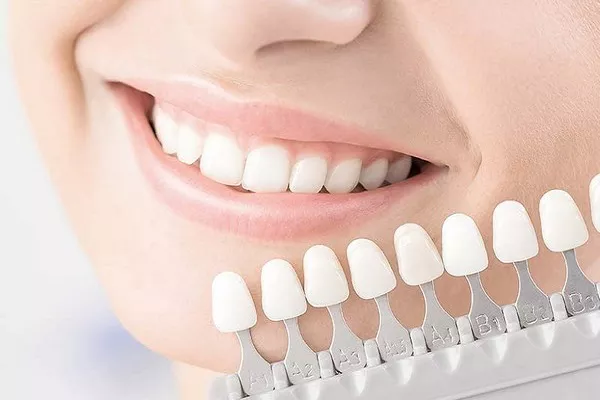Orthodontist assistants play a crucial role in supporting orthodontists during dental procedures and patient care. As valued members of the dental healthcare team, they assist in various tasks, ensuring the smooth functioning of orthodontic practices. If you are interested in pursuing a career in the dental field and working closely with patients, becoming an orthodontist assistant can be a rewarding and fulfilling career choice. In this article, we will guide you through the steps to become an orthodontist assistant, outlining the necessary education, skills, and certifications required for this profession.
Understand the Role of an Orthodontist Assistant
Before embarking on the journey to become an orthodontist assistant, it is essential to understand the responsibilities of the role. Orthodontist assistants work side by side with orthodontists to provide comprehensive patient care. Their tasks include preparing treatment rooms, sterilizing and arranging instruments, assisting with dental procedures, taking X-rays, and educating patients on oral hygiene and care. Effective communication and a friendly demeanor are vital for building trust with patients and creating a comfortable environment.
Obtain High School Education
A high school diploma or equivalent is the first step towards becoming an orthodontist assistant. Focus on science-related courses, such as biology and chemistry, as they provide a fundamental understanding of dental anatomy and related subjects.
Enroll in an Accredited Orthodontist Assistant Program
Completing a formal education program for orthodontist assistants is highly recommended. Look for accredited programs offered by vocational schools, community colleges, or dental assistant schools. These programs typically last between 9 to 24 months, and they provide a comprehensive curriculum covering dental anatomy, orthodontic procedures, infection control, and radiography techniques.
Gain Hands-on Clinical Experience
While theoretical knowledge is essential, hands-on experience is equally vital for skill development. Many orthodontist assistant programs include internships or clinical rotations where students can apply their knowledge in real dental settings. Embrace this opportunity to learn from experienced professionals, practice chairside assisting, and become familiar with various dental instruments and equipment.
Acquire Basic Life Support (BLS) Certification
To enhance your employability and ensure patient safety, consider obtaining Basic Life Support (BLS) certification. BLS training equips you with essential life-saving skills like cardiopulmonary resuscitation (CPR), which may be required in emergency situations.
Pursue Radiography Certification
As an orthodontist assistant, you may be responsible for taking dental X-rays. Some states require specific certifications for dental radiography. Check your state’s regulations and consider enrolling in a dental radiography certification program to meet the requirements.
Seek Orthodontic Assisting Certification
While not mandatory, obtaining certification as an orthodontic assistant demonstrates your competence and dedication to the profession. Organizations like the Dental Assisting National Board (DANB) offer the Certified Orthodontic Assistant (COA) certification, which involves passing an exam covering various orthodontic assisting topics.
Update your Resume and Start Job Hunting
With your education, training, and certifications in place, update your resume to highlight your qualifications and relevant experience. Start searching for orthodontist assistant positions in dental clinics, orthodontic practices, or multi-specialty dental offices. Networking with dental professionals and attending job fairs can also be beneficial in securing employment.
Conclusion
Becoming an orthodontist assistant is an excellent career choice for those passionate about dental healthcare and patient well-being. With the right education, training, and certifications, you can embark on a fulfilling journey in the dental field. Remember to stay updated with advancements in dental technology and continue learning to provide the best possible care to patients under the guidance of experienced orthodontists. Your role as an orthodontist assistant is vital in creating beautiful smiles and contributing to the overall dental health of the community.
Related Topics:




























